Virtual reality: moving on from the home to the workplace
Primarily considered as consumer technology, how is virtual reality beginning to make waves in business?


In the past year, virtual reality (VR) has become vogue for manufacturers, social networks and a whole host of other tech companies.
Facebook acquired VR leader Oculus, Sony announced Project Morpheus to run the technology alongside the PS4 games console, Google released its Cardboard DIY specs and Samsung is rumoured to be launching a product later this year.
Businesses are already trying to make the tech relevant to business and it's becoming apparent there's a demand in a range of sectors, including healthcare, the military, customer services and engineering - all of which are trialling VR in different capacities.
Angela McIntyre, research director at Gartner covering mobile computing, PCs and wearable electronics, said it's important to separate VR from augmented reality (AR).
Although both use your surroundings overlaid with information, VR is a much more immersive experience, whereas augmented reality is often used for less demanding applications.
At the moment, VR is normally used by consumer applications such as gaming, while augmented reality is used more by businesses, she said.
McIntyre explained that augmented reality's early development came in the field for technicians and engineers when they were trying to fix something, whether they were carrying out a new procedure or were just stumped and needed instruction.
Sign up today and you will receive a free copy of our Future Focus 2025 report - the leading guidance on AI, cybersecurity and other IT challenges as per 700+ senior executives
These initial scenarios saw AR used on a mobile device - either a smartphone or tablet as the viewfinder, with the operations superimposed over the scene in front of them.
There are numerous projects being set up by research organisations to evolve augmented reality into VR for commercial applications, taking it out of the consumer world and into the business world.
AppliedVR is one of these projects, set up by Jeremy Bailenson, director of Stanford University's Virtual Human Interaction Lab and the Los Angeles-based market research firm Lieberman Research Worldwide.
The aim of the project is to commercialise VR simulations with the biggest business potential and its first port of call is to investigate how VR can be used in the healthcare industry.
"Virtual reality transforms relationships that tend to be abstract to become visceral," Bailenson told Fortune Magazine. "Our research has shown that making this cause and effect relationship perceptual, as opposed to theoretical, changes consumer and other behaviors more than other interventions."
The initial study involved VR used to place children with chronic regional pain syndrome (CRPS) in virtual simulations to help divert their brains from pain. Experiments included putting children in virtual worlds where they could pop balloons to distract them from their suffering.

Clare is the founder of Blue Cactus Digital, a digital marketing company that helps ethical and sustainability-focused businesses grow their customer base.
Prior to becoming a marketer, Clare was a journalist, working at a range of mobile device-focused outlets including Know Your Mobile before moving into freelance life.
As a freelance writer, she drew on her expertise in mobility to write features and guides for ITPro, as well as regularly writing news stories on a wide range of topics.
-
 Trump's AI executive order could leave US in a 'regulatory vacuum'
Trump's AI executive order could leave US in a 'regulatory vacuum'News Citing a "patchwork of 50 different regulatory regimes" and "ideological bias", President Trump wants rules to be set at a federal level
-
 TPUs: Google's home advantage
TPUs: Google's home advantageITPro Podcast How does TPU v7 stack up against Nvidia's latest chips – and can Google scale AI using only its own supply?
-
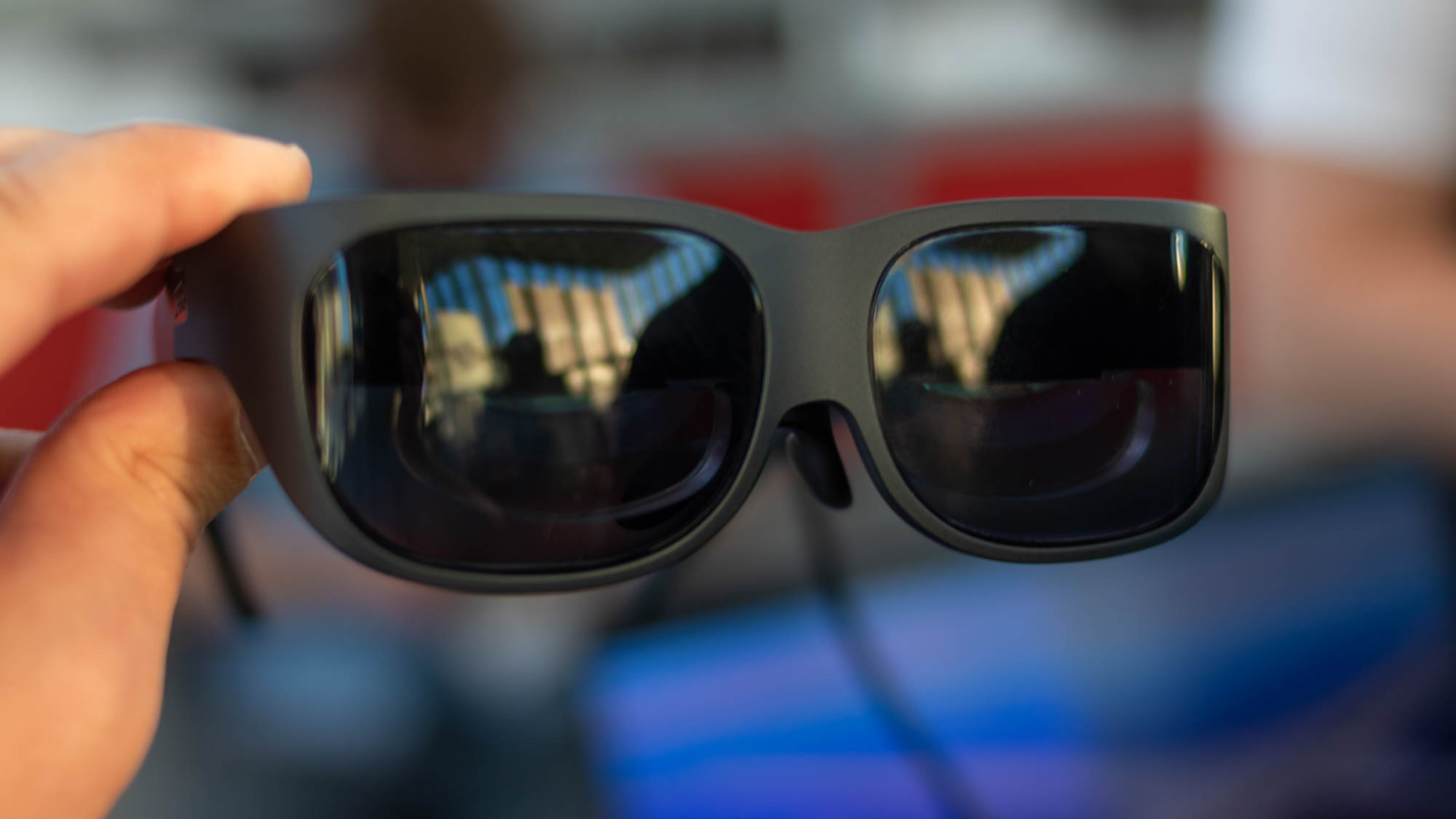 Has Lenovo found the ultimate business use case for smart glasses?
Has Lenovo found the ultimate business use case for smart glasses?Opinion Lenovo’s T1 smart glasses offer a virtual desktop that only you can see
-
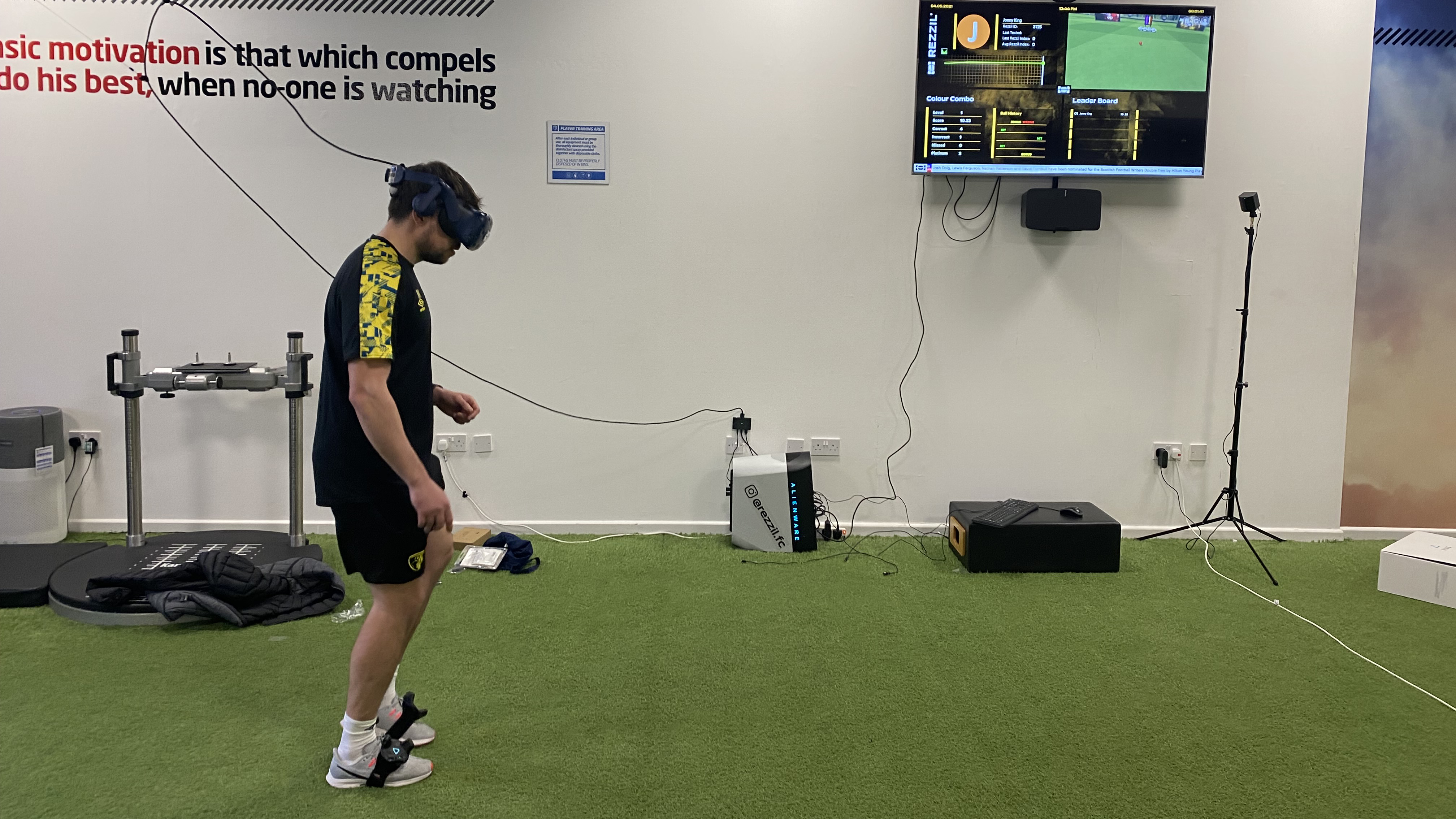 Virtual striker: Using VR to train Premier League stars
Virtual striker: Using VR to train Premier League starsCase Studies How one company is taking VR out of the boardroom and into the locker room
-
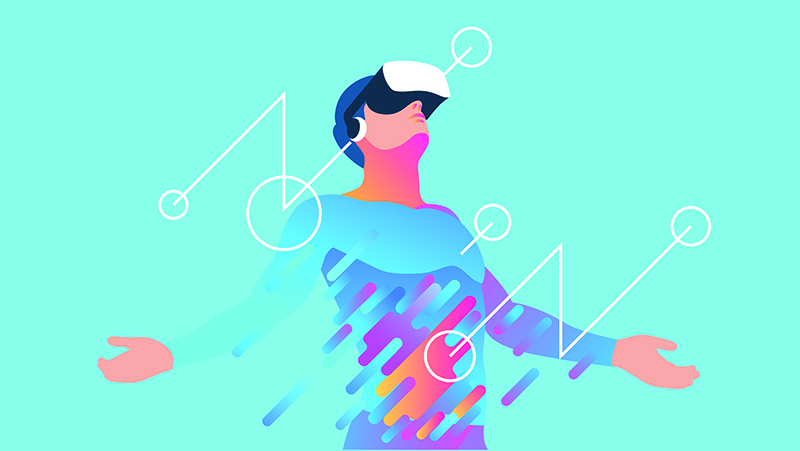 NeuPath and Cynergi will bring VR therapy to chronic pain management
NeuPath and Cynergi will bring VR therapy to chronic pain managementNews NeuPath will integrate Cynergi’s VR program with its remote pain management platform
-
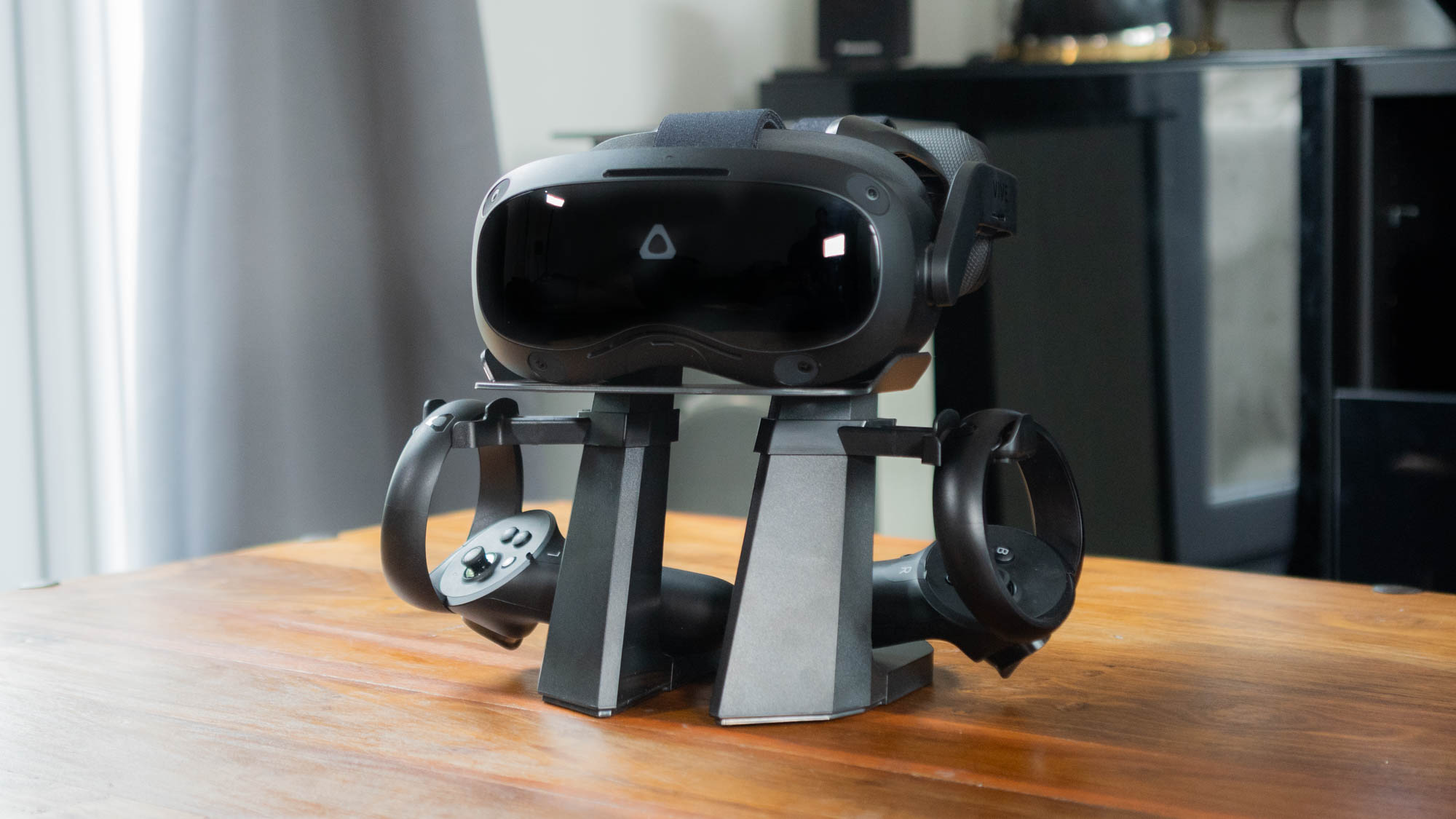
 HTC Vive Focus 3 review: The future of VR is here
HTC Vive Focus 3 review: The future of VR is hereReviews This smart and stylish headset is a leap forward for the technology
-
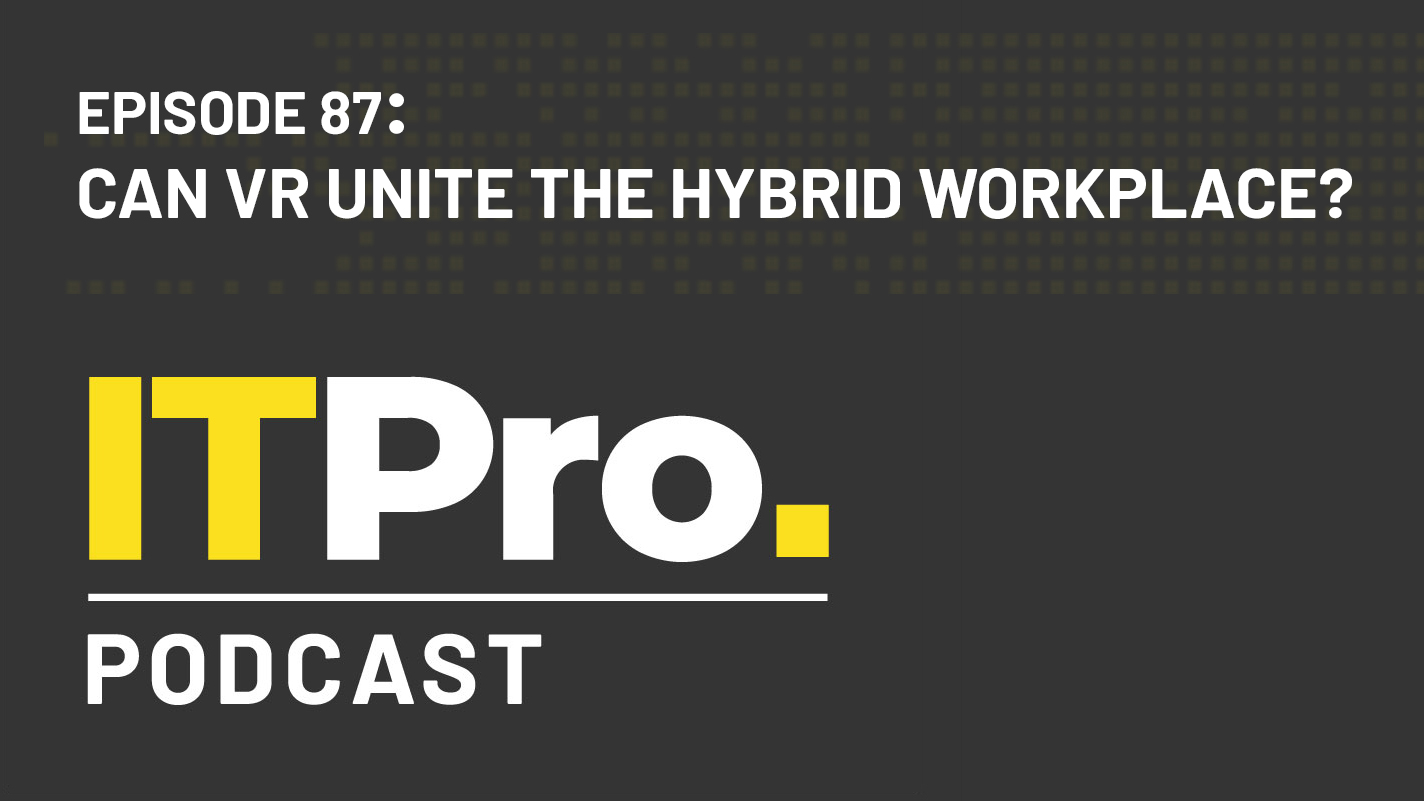 The IT Pro Podcast: Can VR unite the hybrid workplace?
The IT Pro Podcast: Can VR unite the hybrid workplace?IT Pro Podcast How one company is using virtual reality to bring its staff together
-
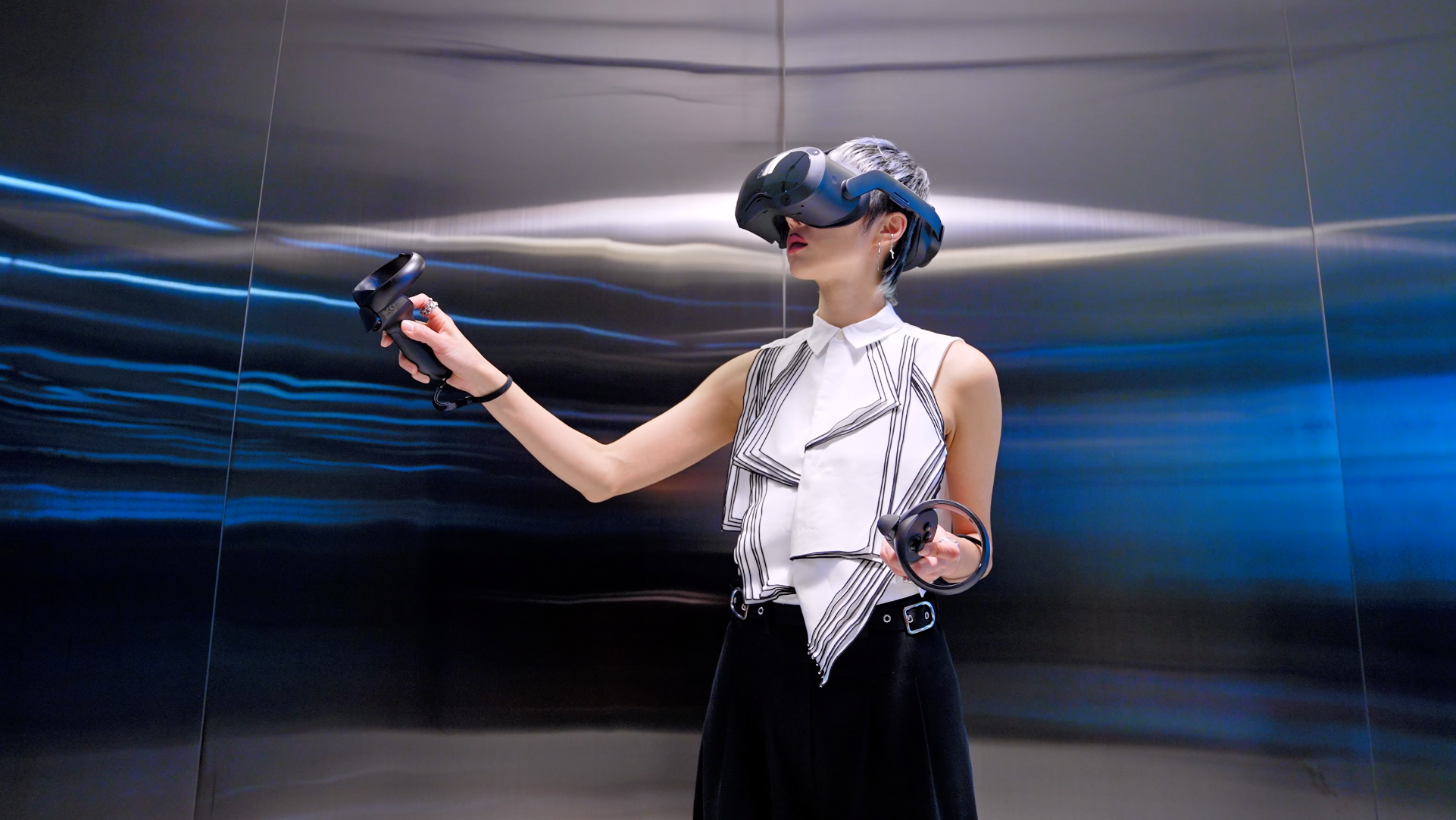 HTC launches new business-focused VR headsets
HTC launches new business-focused VR headsetsNews Vive Pro 2 and Vive Focus 3 include 5K resolution, larger field of view, and business management tools
-
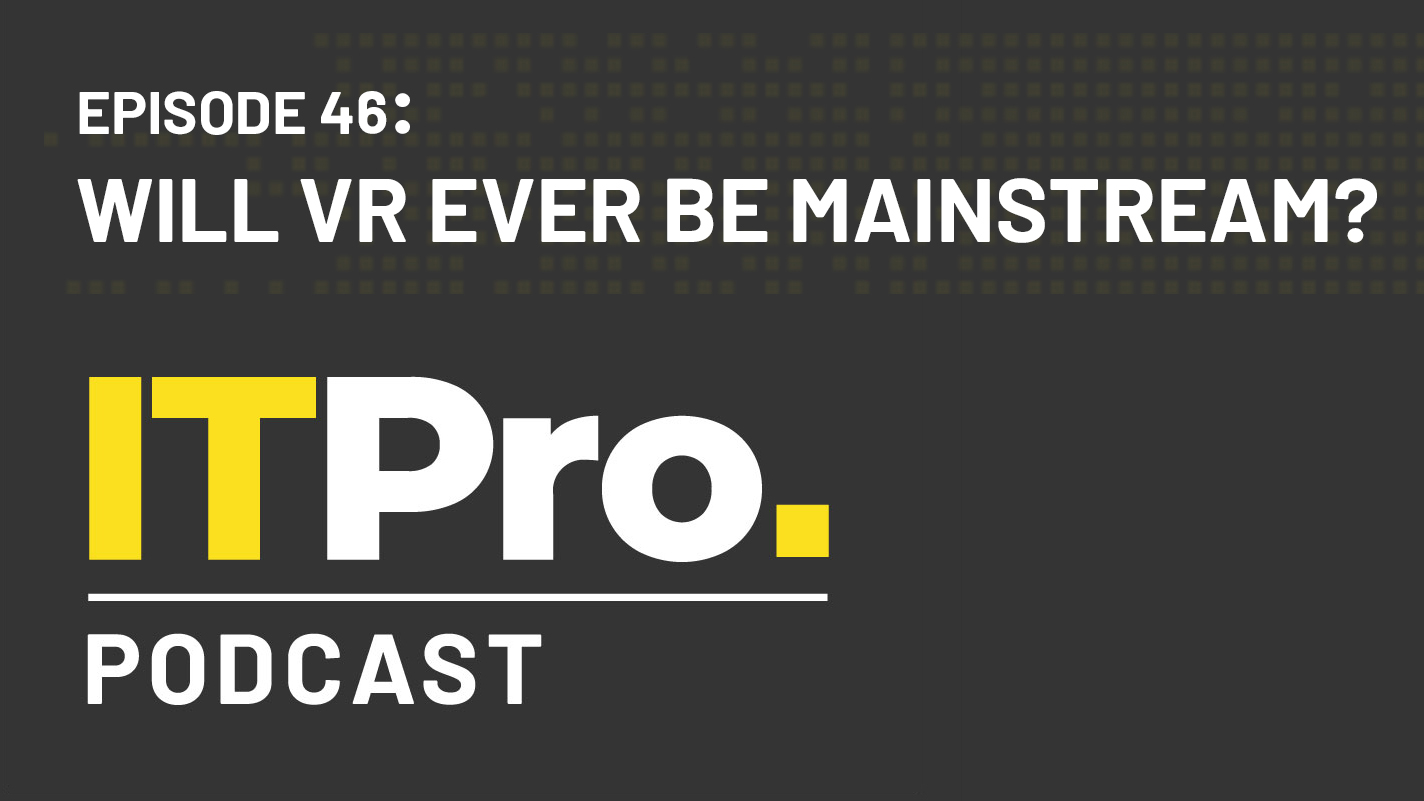 The IT Pro Podcast: Will VR ever be mainstream?
The IT Pro Podcast: Will VR ever be mainstream?IT Pro Podcast Despite years of development, VR is still a niche technology
-
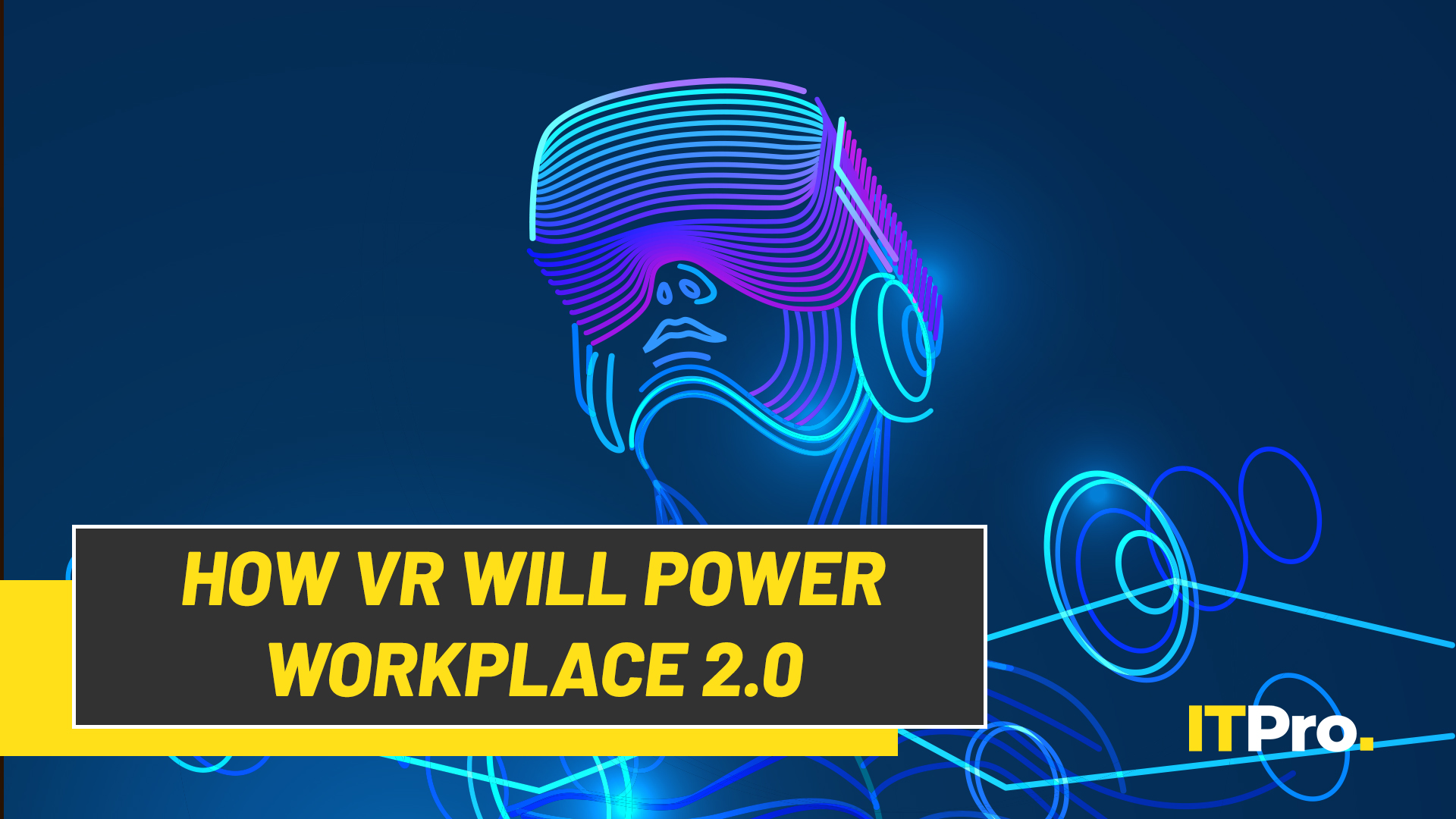 IT Pro Live: How virtual reality will power Workplace 2.0
IT Pro Live: How virtual reality will power Workplace 2.0Video The office of the future might not be a physical office at all